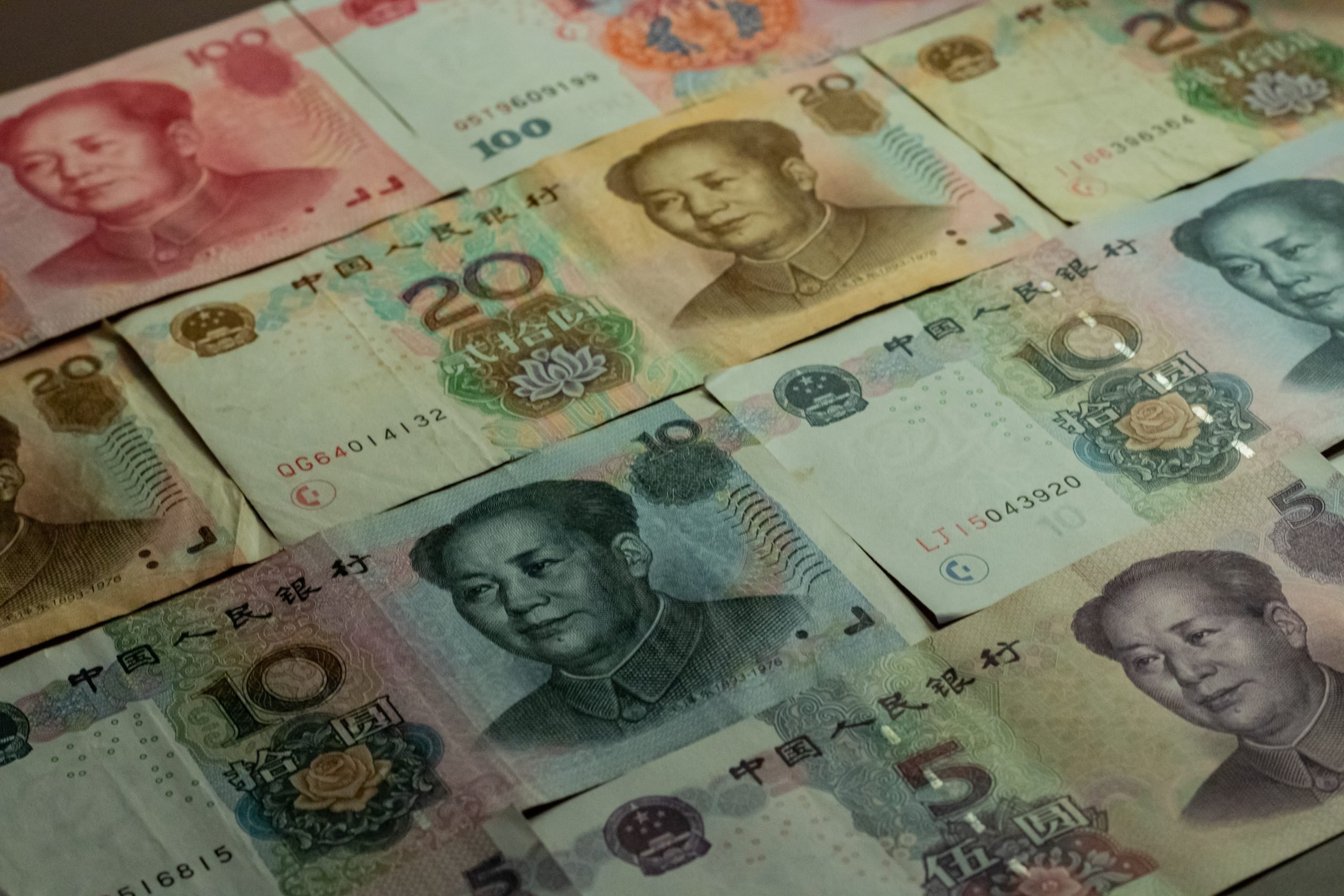Over the last few weeks, China’s moves to further hinder the influence of cryptocurrencies within their borders have had substantial effects on not just Bitcoin, but the cryptocurrency industry as a whole. In what has been a rollercoaster ride of a year, Bitcoin has seen itself yo-yo up and down the market thanks to a plethora of factors and, with China casting judgement on the country’s crypto miners, it was yet another tick on the board for events affecting Bitcoin’s year.
But this is just the result of nearly a decade-long involvement with cryptocurrency. Chinese citizens and Bitcoin have had a prolific and prosperous relationship over the years, with many in China being some of the earliest to jump on the potential of the now-booming industry. To understand why crypto mining and trading have been so heavily targeted by the People’s Bank of China (PBOC), we must first take a brief look at the storied history between China and Bitcoin.
China and crypto: a symbiotic relationship
During the early 2010s – Bitcoin’s formative years – the feasibility of cryptocurrency was largely speculative. It held some value, and there were a few retailers that were already accepting it at this point but, for the most part, it was treated with skepticism for most in the West. But for where westerners saw caution, investors in China saw opportunity. These days, we understand that in order to mine Bitcoin, it requires a vast amount of energy consumption and computing equipment – something that China has held in spades for decades. Early Chinese investors immediately recognized the advantage they held: cheap electricity due to China’s overabundance of hydro power in the countryside.

Backcountry cities became hubs for large-scale mining operations; investors repurposed warehouses into enormous mining centers, rows and rows of computers wired up on racks that stretched to the ceiling. Companies began emerging that focused specifically on creating computers with the express purpose of Bitcoin mining. One of the most well-known of these companies is Bitmain, who has emerged as the global leader in designing computers running application-specific integrated chips (ASIC) for mining. Some of the world’s largest cryptocurrency exchanges were born during this time, including juggernauts like Bitfinex and Binance, the latter of which is now the largest cryptocurrency exchange in the world by trading volume.
China quickly rose as a leader in the cryptocurrency industry. Not only were they producing the most Bitcoin thanks to their efficient mining operations, but they also innovated platforms for investors to comfortably mine and trade their Bitcoin. China became such a huge contributor to mining that, to this day, there is a large chance that any Bitcoin you may have traded was produced by a Chinese miner. It is estimated that two-thirds of the world’s Bitcoin originated from China.
Despite all the success, in 2017, the PBOC was one of the first institutions to impose stringent regulations on cryptocurrency trading, including restricting all online trades on domestic exchanges. While it was originally a move to prevent devaluation on the country’s fiat currency, it was an ominous sign that would foreshadow China’s future actions to half the influence of cryptocurrencies in the country.

China’s crypto restrictions escalate
In June 2019, the PBOC went ahead and moved further with their actions two years prior. They had moved their restrictions from not just domestic exchanges, but also blocked and made it illegal to access any type of crypto exchange – be it domestic or foreign. The governing body also made Initial Coin Offerings (ICOs) and their websites illegal, snuffing out any cryptocurrency-hopefuls at the root. Furthermore, China-based financial institutions were also forbidden from dealing in any activities associated with crypto. As a precursor to the events happening today, the Chinese government had actually proposed banning crypto mining at around the same time as well, citing the industry’s potentially massive impact on the environment due to the mining process’ need for energy consumption.
Because the Chinese crypto industry had contributed an incredible amount of resources to the financial infrastructure of the global cryptocurrency ecosystem, including mining the lion’s share of the Bitcoin in circulation, this was thought to be a considerable blow to investors around the world. Many had feared that it would disrupt the market as many of the largest exchanges had originated in the country.

The results were less substantial than most thought. In actuality, exchanges like Binance and Bitfinex would move their operations overseas and over the border to places like Hong Kong, Japan, or even as far as the Seychelles. Traders took advantage of virtual private networks to bypass the Great Firewall and continue their activities. And, as crypto mining had not yet been completely outlawed, Chinese miners continued to pump out as much Bitcoin as their technology would allow them.
Primarily, China wanted to disassociate itself from cryptocurrencies as they were not issued or distributed by a financial institution, suggesting that there were no legalities that could equate them to fiat currency. As one of the end goals of crypto was decentralization, it was a direct juxtaposition of the financial policies that the Chinese government had envisioned. They also suggested that these restrictions would curb money laundering operations and illegal business within its borders.
The mining crackdown begins
In a response to the price fluctuations of Bitcoin during the first half of the year, Beijing issued a new wave of restrictions in May. While the government had imposed strict regulations on the trading and distributing of cryptocurrency, they had always stopped short of an outright ban on crypto mining. This would change as, towards the end of May, Vice Premier Liu He had called for action against Bitcoin mining and trading. Although the overarching theme against mining has generally been about its carbon footprint, a direct impediment to President Xi Jinping’s emission goals, the cabinet had also warned the Chinese public on dangers of speculative trading with cryptocurrency, saying that investors trading crypto were not ‘protected’ should they suffer losses due to market fluctuations.
In the week following the announcement, the province of Inner Mongolia laid out the first set of restrictions that would work towards directly outlawing cryptocurrency mining operations and shutting down any existing farms. This served as the impetus for other provinces to follow suite and take steps to follow the government’s plans to eliminate cryptocurrency mining from the country; for example, Qinghai, the latest province to begin their own mining crackdown, outlined plans that would include random inspections on supercomputing centers to enforce compliance. To take it even further, Baidu, the nation’s most popular search engine, had begun blocking any results that included exchanges like OKEx, Huobi, and Binance.
Despite the negative implications these regulations could have on cryptocurrency, it is believed that, even if crypto mining were to get completely eradicated in China, mining operations would simply accelerate elsewhere. The US has seen its share rise to account to about 7% of the global output over the last year and a half, and it is speculated that this number could rise to 40% in the coming years. Major China-based cryptocurrency organizations have already begun an exodus, with most exchanges and commercial mining operations having moved in the wake of 2019’s restrictions.
Conclusion
As cryptocurrency is a global commodity, the ban on mining in China is not the end-all-be-all for the technological backbone of the industry. In North America, major Bitcoin farms being developed in states like Montana and Texas can make mining cryptocurrencies an achievable business model in the US. Regardless of financial regulations imposed by China, El Salvador’s recent adoption of Bitcoin as legal tender could be a sign of the cryptocurrency’s hopeful future. However, a lot has happened on the regulatory front recently as countries are taking different approaches to tackling fresh challenges posed by cryptocurrency. There is a lot more work to do for both sides to ensure the integrity of the financial markets while spurring technological innovation.

About Author: Jade Barcelon is a writer from Capilano University’s School of Communication. In his spare time, he enjoys playing music, gaming, and staring at candlestick graphs.
Disclaimer: No Investment Advice The contents of this article are for informational purposes only and are not intended as, and shall not be understood or construed as, investment advice, financial advice or trading advice. There are substantial risks associated with the trading of cryptocurrencies and you should consult with a licensed financial advisor prior to making any trading or investment decisions. Content Not Warranted The contents of this article are provided “as is” and without warranties of any kind. You bear all risks associated with the use of the content provided including without limitation, any reliance on the accuracy, completeness or usefulness of any content available within this article.
Follow us on social!





